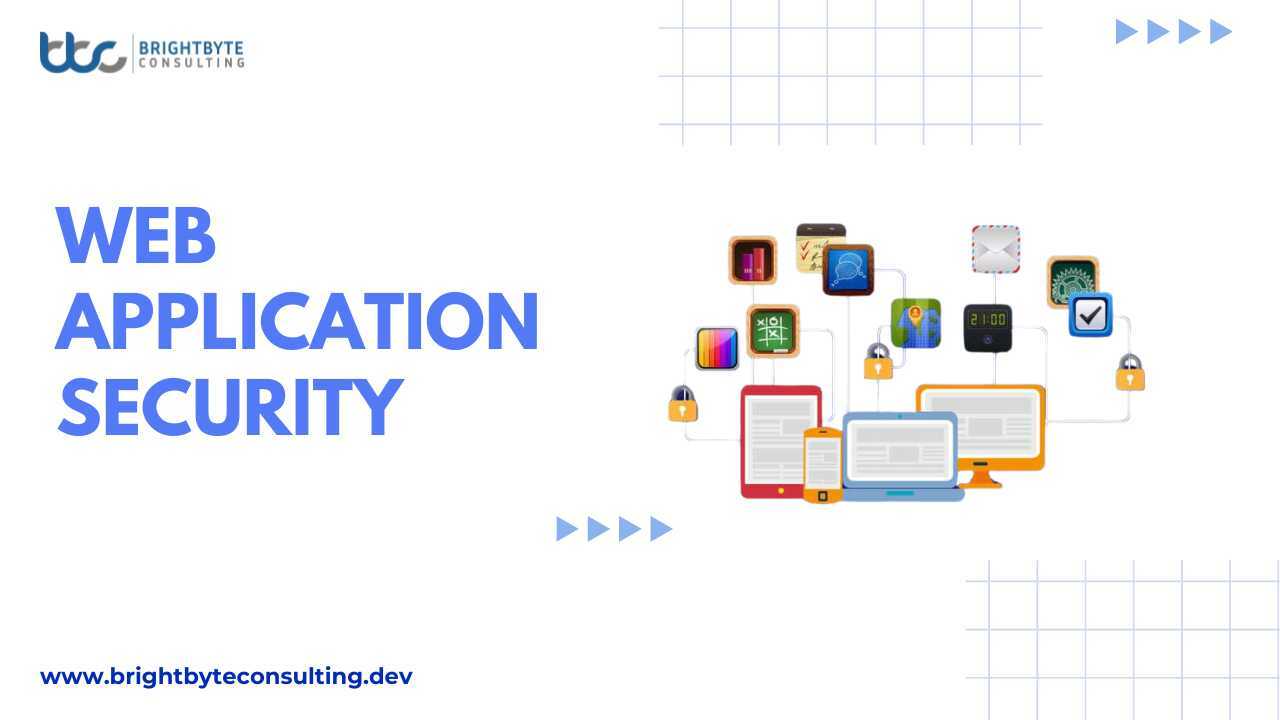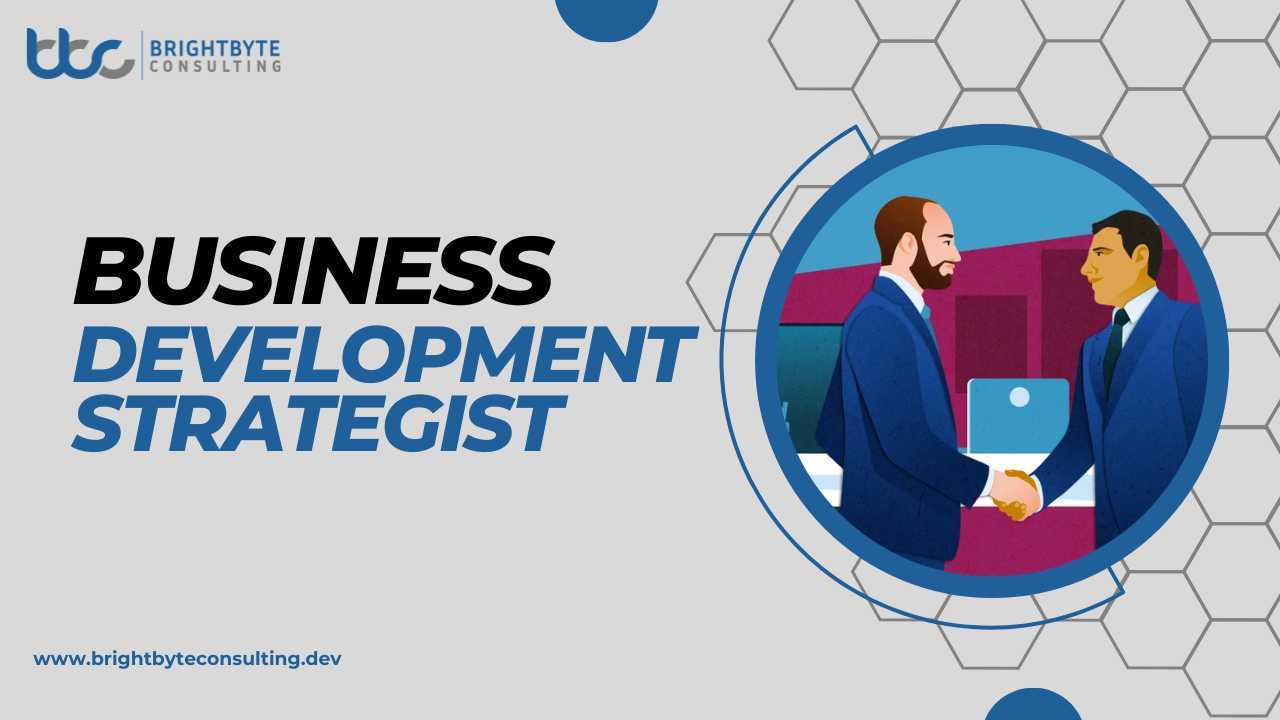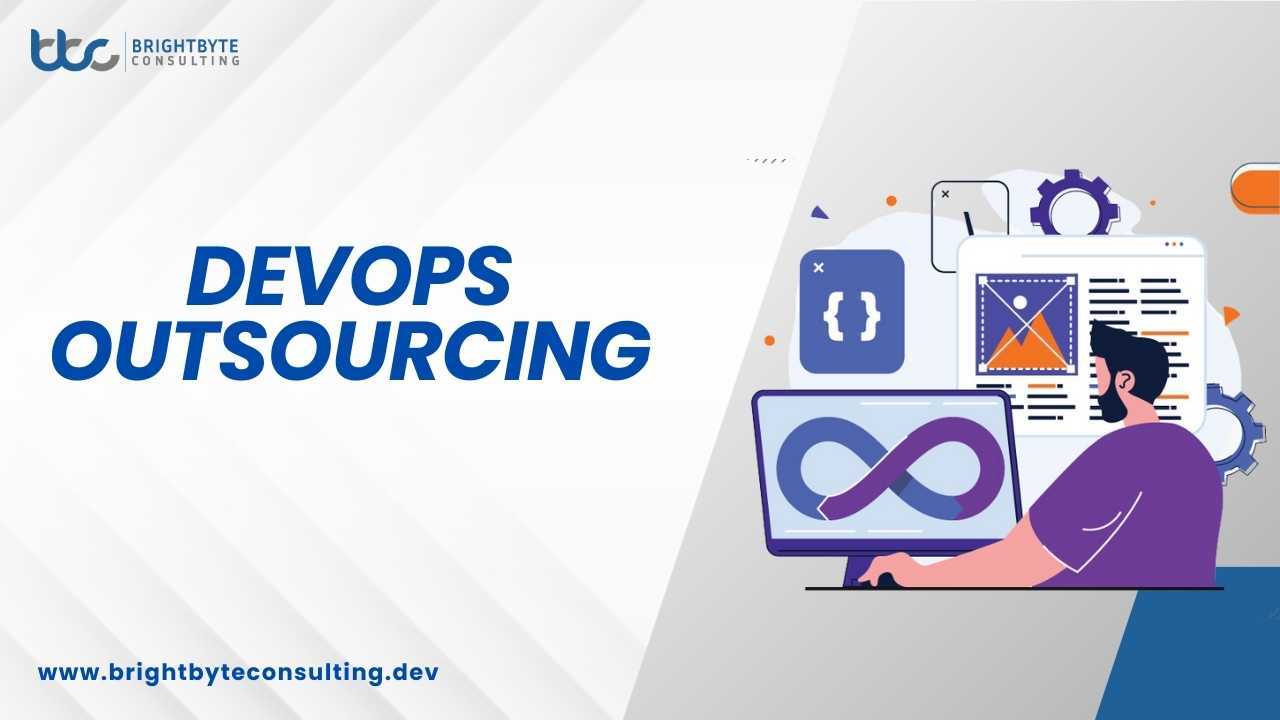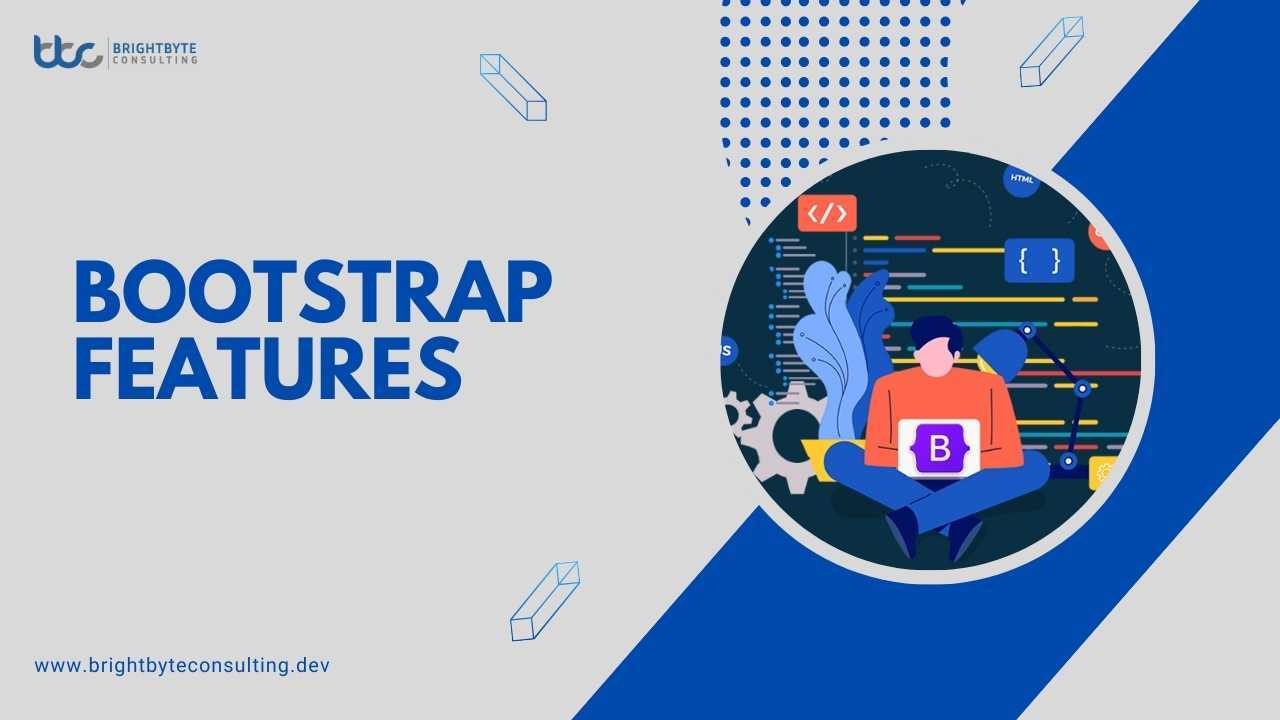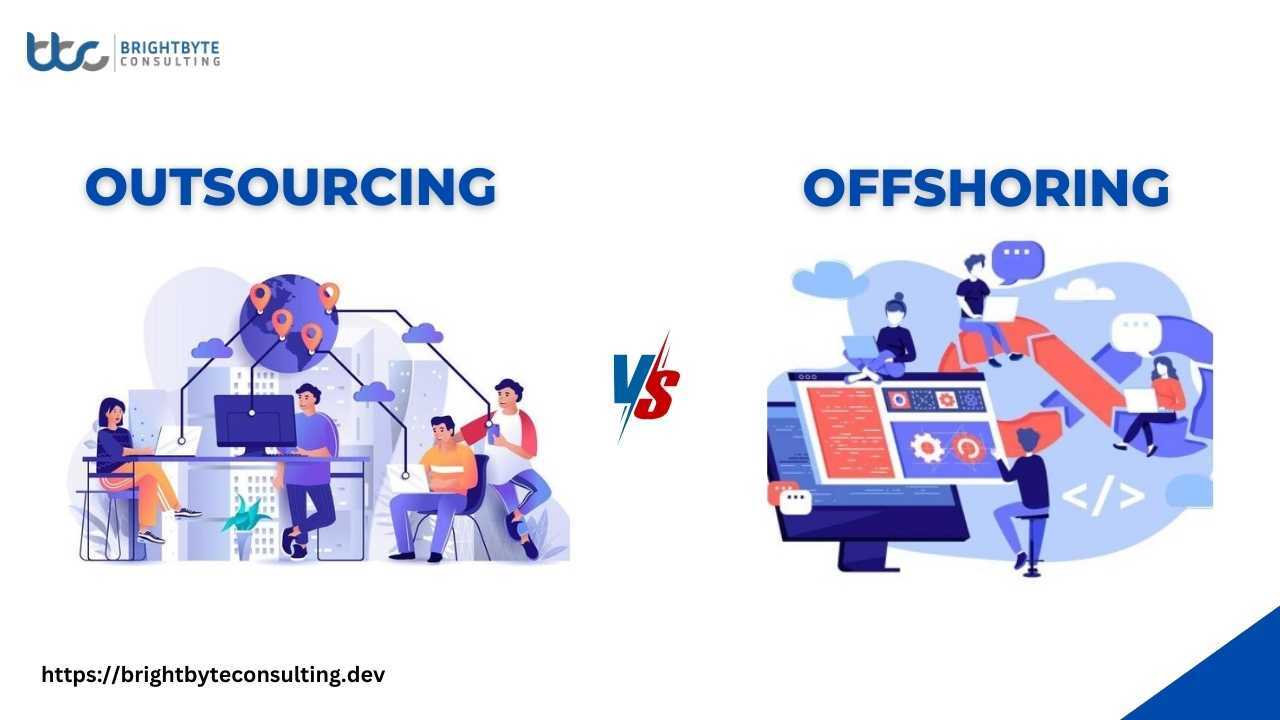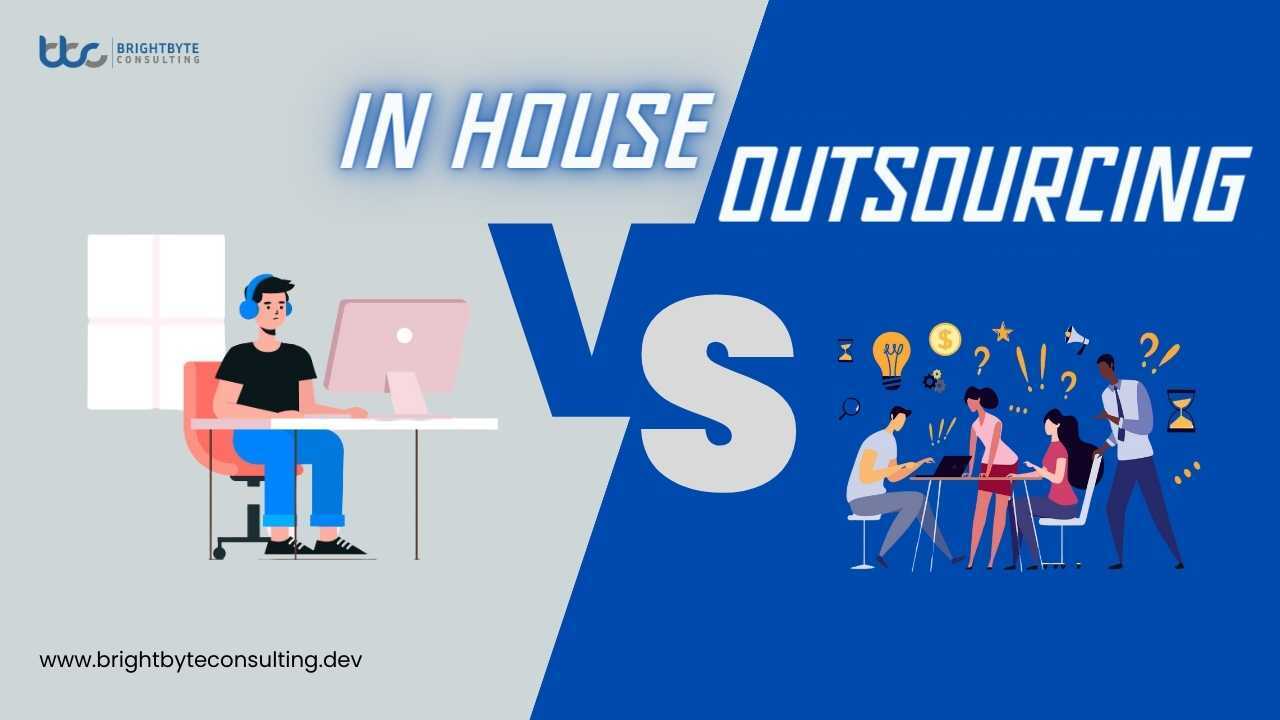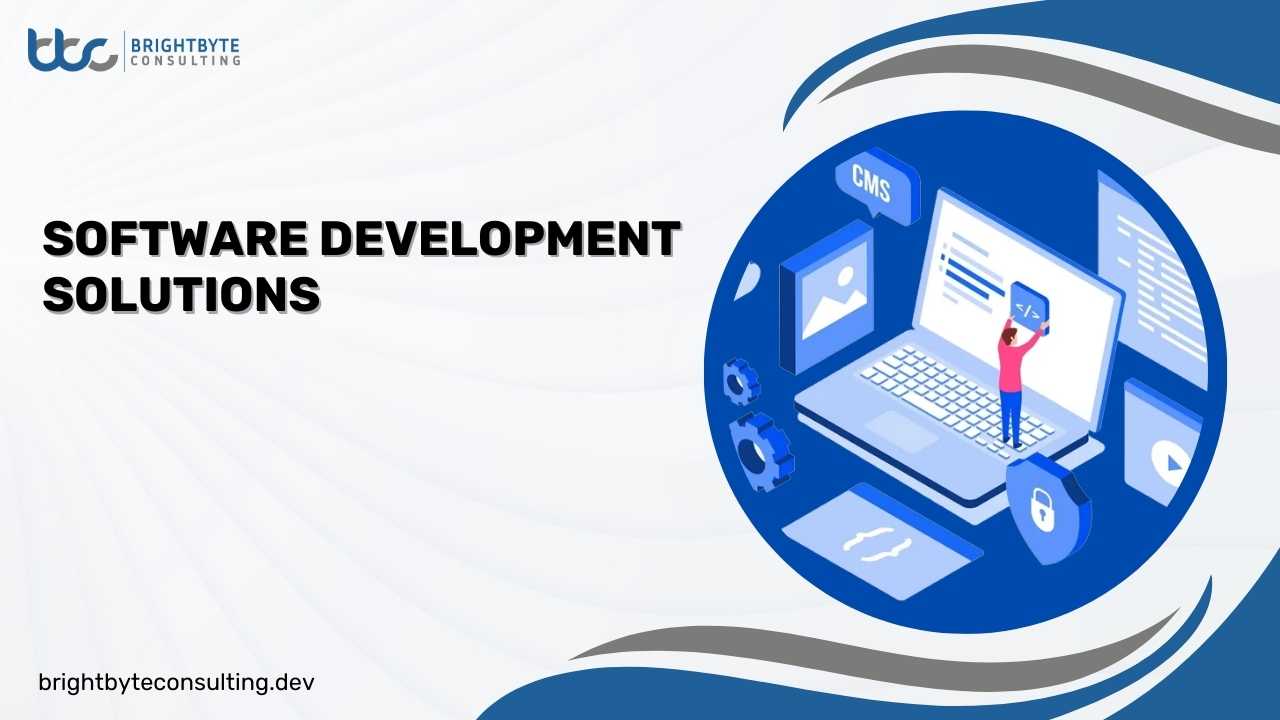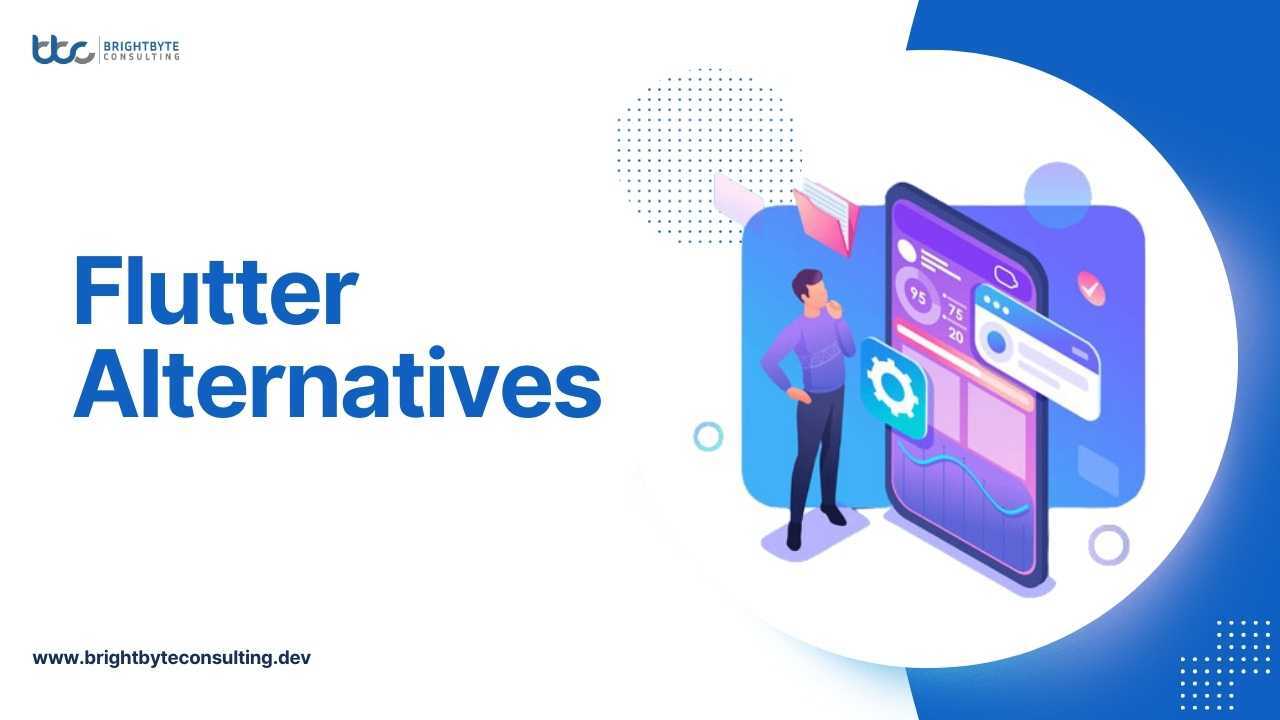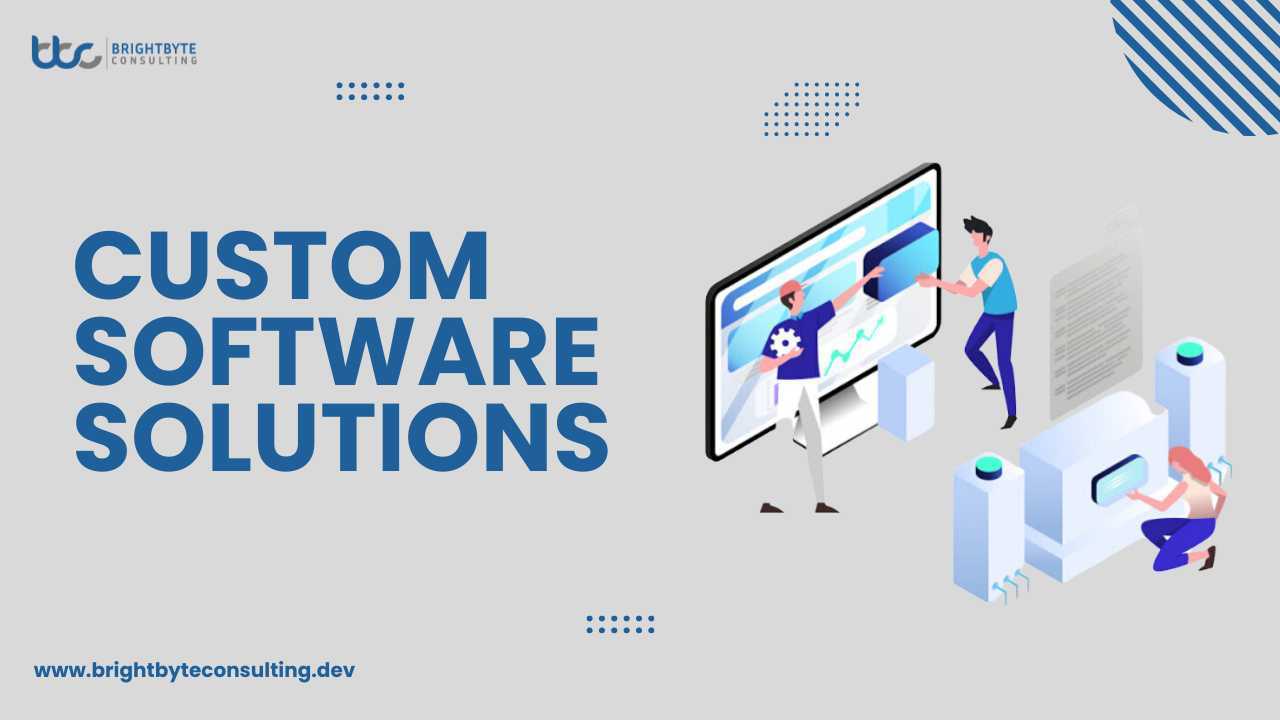In the dynamic realm of business, future-proofing stands as a strategic imperative, with Enterprise Application Portfolio Strategies (EAPS) emerging as a key driver for sustained success. This article aims to delve deeper into the intricate layers of Future-Proofing, offering a comprehensive exploration of EAPS and its transformative impact on businesses.
Understanding Enterprise Application Portfolio Strategies
Defining EAPS
At its essence, Enterprise Application Portfolio Strategies (EAPS) involve a systematic and holistic approach to managing an organization’s portfolio of applications. EAPS goes beyond mere technology management; it encompasses the strategic alignment of applications with the overarching goals and objectives of the business.
Strategic Significance
EAPS is not a one-size-fits-all solution but a dynamic process that requires continuous evaluation and adaptation.Effective Enterprise Application Portfolio Strategies
Strategic Goal Mapping
An integral aspect of EAPS is the explicit alignment of each application with specific business goals. This strategic goal mapping ensures that every application serves a purpose in advancing the overall strategic direction of the organization.
Business Process Integration
EAPS involves evaluating how well each application integrates with the core business processes of the organization. By streamlining workflows and eliminating redundancies, EAPS enhances operational efficiency and contributes to the seamless execution of business operations.
KPI Integration
Establishing Key Performance Indicators (KPIs) is a crucial step within EAPS. These KPIs are directly tied to business objectives, providing a quantifiable means of measuring the impact and effectiveness of each application in contributing to the organization’s success.
Continuous Evaluation and Adaptation
EAPS is an ongoing process that requires continuous evaluation of the application portfolio. By staying adaptable and responsive to changes in business needs and technological advancements, organizations can ensure that their EAPS remains relevant and effective over time.
Collaboration Across Departments
Successful EAPS requires collaboration across departments, breaking down silos and fostering communication between IT and business units. This collaboration ensures that technology investments are made with a deep understanding of business needs and objectives.
Technology Lifecycle Management
EAPS involves managing the entire lifecycle of each application, from selection and implementation to eventual retirement or replacement. This proactive approach ensures that applications are always aligned with the current and future needs of the organization.
Data-Driven Decision-Making
EAPS emphasizes data-driven decision-making, leveraging insights from application performance metrics, user feedback, and business KPIs. This approach enables organizations to make informed decisions about the optimization, replacement, or integration of applications within the portfolio.
Strategic IT Budgeting
EAPS plays a pivotal role in strategic IT budgeting by aligning technology investments with business priorities. By prioritizing applications that contribute most significantly to strategic goals, organizations can optimize their IT spending and resource allocation.
Core Components of Effective Enterprise Application Portfolio
1. Comprehensive Assessmen
Granular Application Inventory: Begin with a meticulous inventory of all existing applications, cataloguing each with detailed information on its purpose, functionality, and user base.
Performance Analysis: Conduct a comprehensive performance analysis to identify applications that are underperforming, causing bottlenecks, or contributing disproportionately to operational costs.
Interdependencies Mapping: Map out the interdependencies between applications to understand how changes in one might impact others, ensuring a holistic view of the application landscape.
2. Alignment with Business Objectives
Strategic Goal Mapping: Explicitly align each application with specific business objectives, ensuring that technology serves as an enabler rather than an isolated operational function.
Business Process Integration: Evaluate how well each application integrates with core business processes, seeking opportunities for optimization and streamlining.
KPI Integration: Establish Key Performance Indicators (KPIs) that directly correlate with business objectives, enabling continuous measurement of the impact of applications on overall business success.
3. Scalability and Flexibility
Scalability Assessment: Assess the scalability of each application, considering factors such as data volume, user load, and transactional complexity. Ensure that applications can scale seamlessly with the business’s growth.
Technology Stack Flexibility: Evaluate the flexibility of the technology stack, exploring options that allow for the incorporation of new technologies without significant disruptions.
Adaptation Roadmap: Develop a roadmap for adapting the application portfolio to changing business needs, ensuring flexibility in the face of evolving market dynamics.
4. User Experience Focus
User Journey Mapping: Dive into the user experience by mapping out the entire user journey within each application. Identify pain points, areas for improvement, and opportunities to enhance overall usability.
Accessibility Standards: Ensure that applications adhere to accessibility standards, providing an inclusive and user-friendly experience for all users.
Continuous User Feedback Loop: Establish a continuous feedback loop with end-users to gather insights, preferences, and suggestions for ongoing refinement.
5. Risk Management
Cybersecurity Audits: Conduct regular cybersecurity audits to identify vulnerabilities, assess the effectiveness of current security measures, and implement necessary enhancements.
Regulatory Compliance Monitoring: Establish a robust system for monitoring regulatory changes and ensuring that applications remain compliant with evolving legal requirements.
Disaster Recovery Planning: Develop and test comprehensive disaster recovery plans, ensuring quick and efficient recovery in the event of system failures or security breaches.
These detailed components provide a comprehensive framework for organizations to not only manage their application portfolios effectively but also to proactively drive strategic alignment, scalability, user-centricity, and risk mitigation within their technological ecosystems.
Understanding Enterprise Application Portfolio Strategies requires organizations to view their application landscape as a strategic asset rather than a mere collection of tools. EAPS is about harnessing technology to drive business success, ensuring that every application is a strategic contributor to the organization’s goals and objectives.
Opinions on Future Enterprise Application Enterprise Portfolio
Strategic Imperative
Tech Evolution: The rapid evolution of technology demands a proactive stance. Future-proofing is not merely a choice; it’s a strategic necessity to stay ahead of the curve.
Investment Value: Viewing EAPS as an investment underscores its long-term value for business resilience and adaptability.
Aligning with Objectives
Setting the Sail Right: Aligning applications with business objectives is akin to setting a sail in the right direction. It’s not just about having the latest tech; it’s about having the right tech that propels the business forward.
Right Tech, Right Time: The focus should not be solely on adopting the latest trends but on choosing technology that is right for the business at the right time.
Scalability and Flexibility
Agility in Uncertainty: Scalability and flexibility act as the unsung heroes, providing the agility needed to navigate through the uncertainties of the business terrain.
Pivoting with Ease: The ability to pivot with ease in response to market shifts is a testament to the adaptability ingrained in a well-structured EAPS.
Conclusion
Future-proofing through effective Enterprise Application Portfolio Strategies is not a one-time task but an ongoing commitment requiring continuous refinement and adaptation. By embracing the principles outlined in this comprehensive exploration, businesses can navigate the complex technological landscape with resilience and readiness, ensuring sustained success in the years to come.
Frequently Asked Questions
How does EAPS differ from traditional IT management?
EAPS goes beyond managing tools; it strategically aligns applications with business goals, treating the portfolio as a vital asset.
Why is it essential for organizations to adopt EAPS?
EAPS ensures that technology investments directly contribute to business success, transforming applications into strategic contributors.
What role does collaboration play in successful EAPS implementation?
Collaboration breaks down silos, fostering communication between IT and business units, ensuring a holistic understanding of needs and objectives.
How can organizations measure the effectiveness of their EAPS?
Effectiveness is gauged through KPIs, user feedback, and data-driven decision-making, ensuring continuous alignment with business goals.
Does EAPS impact IT budgeting, and if so, how?
Yes, EAPS influences strategic IT budgeting by prioritizing applications that contribute significantly to business objectives, optimizing resource allocation.


